The Nokia 7.1 arrived at a time when mid-range smartphones were beginning to blur the lines between affordability and premium features. HMD Global, the company behind Nokia’s revival, positioned this device as a bridge for users who wanted a taste of high-end craftsmanship without breaking the bank. But does it deliver? Let’s dive into the details.
Design and Build Quality
At first glance, the Nokia 7.1 exudes a sense of understated elegance. The phone features a glass front and back with an aluminum frame, giving it a premium feel that’s rare in this price segment. The 5.84-inch display is housed in a compact body, making it easy to handle with one hand. The rear-mounted fingerprint sensor is conveniently placed, and the overall weight distribution feels balanced. Nokia has always been known for its sturdy build, and the 7.1 is no exception—it’s a device that feels like it can take a few bumps without falling apart.
Display
The standout feature of the Nokia 7.1 is undoubtedly its display. The 5.84-inch IPS LCD panel boasts a Full HD+ resolution (2280 x 1080 pixels) and supports HDR10, a rarity in mid-range phones. Colors are vibrant, and the contrast is impressive for an LCD screen. The inclusion of PureDisplay technology dynamically adjusts color temperature and contrast based on the content being viewed, enhancing the overall visual experience. Whether you’re watching HDR content on Netflix or scrolling through social media, the display delivers sharp, lively visuals.
Performance and Software
Under the hood, the Nokia 7.1 is powered by a Qualcomm Snapdragon 636 chipset paired with 3GB or 4GB of RAM, depending on the variant. While this isn’t flagship-level performance, it handles everyday tasks with ease. Apps open quickly, and multitasking is smooth for the most part, though heavy gaming might push the limits of this setup. Where the Nokia 7.1 truly shines is its software—it runs Android One, which means a clean, bloatware-free experience with guaranteed updates for two years. At the time of its release, this was a significant advantage over competitors bogged down by heavy skins and delayed updates.
Camera Capabilities
The dual-camera setup on the Nokia 7.1 consists of a 12MP primary sensor with an f/1.8 aperture and a 5MP depth sensor. The camera performance is solid in well-lit conditions, capturing detailed shots with accurate colors. Low-light performance is decent but not exceptional, as expected from a mid-ranger. The Pro Camera mode allows for manual adjustments, appealing to photography enthusiasts. On the front, the 8MP selfie camera does a fair job, though it struggles a bit in challenging lighting. The camera app is straightforward and easy to use, with features like portrait mode and AI-assisted scene detection adding versatility.
Battery Life and Charging
The 3060mAh battery in the Nokia 7.1 is adequate but not groundbreaking. For moderate users, it should last a full day, but heavy usage will require a top-up before bedtime. The inclusion of USB-C and 18W fast charging is a welcome addition, allowing the phone to charge quickly when needed. However, the absence of wireless charging is understandable at this price point.
Audio and Connectivity
The Nokia 7.1 includes a single bottom-firing speaker that delivers clear audio, though it lacks the depth of stereo speakers. The 3.5mm headphone jack is present, a feature that was already becoming rare in 2018. Connectivity options are comprehensive, with Bluetooth 5.0, NFC, and dual-SIM support (in some markets). The phone also supports Wi-Fi 802.11 a/b/g/n/ac, ensuring fast and stable connections.
Final Verdict
The Nokia 7.1 is a well-rounded mid-range smartphone that punches above its weight in several areas, particularly display quality and software experience. While it may not excel in raw performance or battery life, it offers a premium design, a stunning HDR display, and the reliability of Android One. For users seeking a balanced device with a clean software experience, the Nokia 7.1 remains a compelling choice even years after its release.
Nokia 7.1 Full Specifications:
Dimensions: 149.7 x 71.2 x 8 mm (5.89 x 2.80 x 0.31 in)
Weight: 160 g (5.64 oz)
Build: Glass front (Gorilla Glass 3), glass back, aluminum frame
Display: 5.84-inch IPS LCD, 1080 x 2280 pixels, 19:9 ratio (~432 ppi), HDR10, PureDisplay
Chipset: Qualcomm Snapdragon 636 (14 nm)
CPU: Octa-core (4x1.8 GHz Kryo 260 Gold & 4x1.6 GHz Kryo 260 Silver)
GPU: Adreno 509
RAM: 3GB or 4GB
Storage: 32GB or 64GB, expandable via microSD (up to 400GB)
Rear Camera: Dual - 12MP (f/1.8) + 5MP (depth), Zeiss optics, dual-LED dual-tone flash
Front Camera: 8MP (f/2.0)
Battery: 3060mAh, non-removable, 18W fast charging
OS: Android 8.1 (Oreo), upgradable to Android 10, Android One
Connectivity: Wi-Fi 802.11 a/b/g/n/ac, Bluetooth 5.0, NFC, USB-C, 3.5mm jack
Sensors: Fingerprint (rear-mounted), accelerometer, gyro, proximity, compass
Colors: Gloss Midnight Blue, Gloss Steel
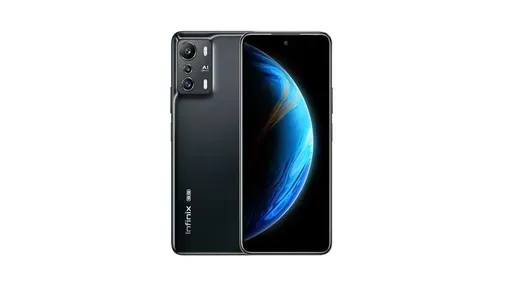
By /Jun 4, 2025
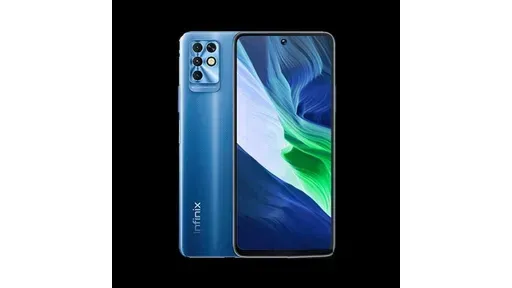
By /Jun 4, 2025
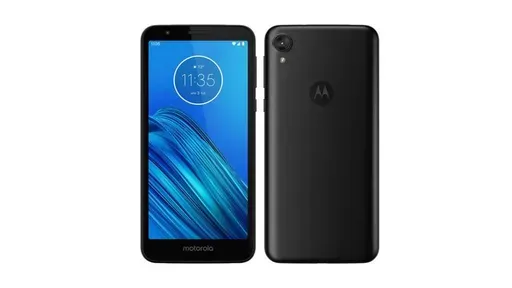
By /Jun 4, 2025

By /Jun 4, 2025

By /Jun 4, 2025
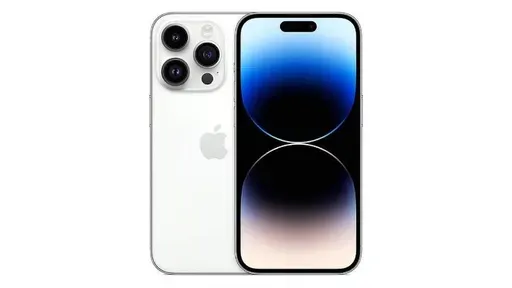
By /Jun 4, 2025

By /Jun 4, 2025
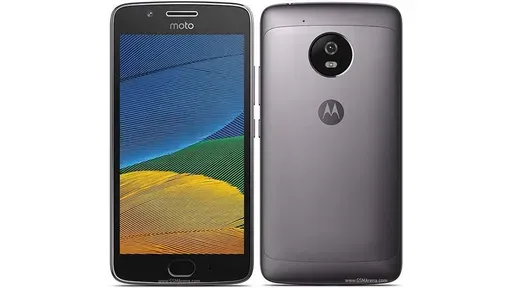
By /Jun 4, 2025

By /Jun 4, 2025
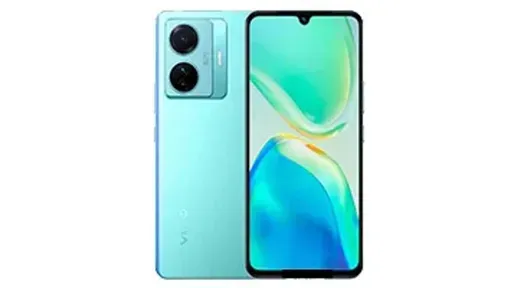
By /Jun 4, 2025

By /Jun 4, 2025
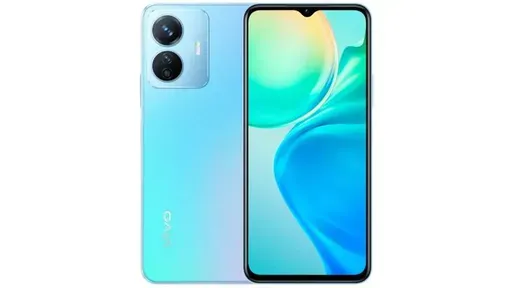
By /Jun 4, 2025
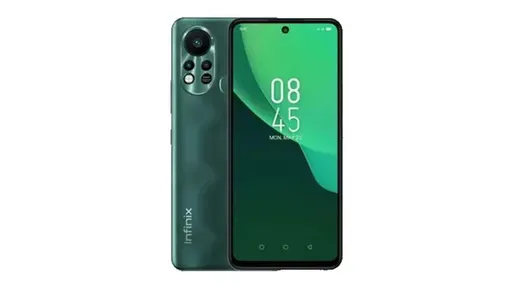
By /Jun 4, 2025
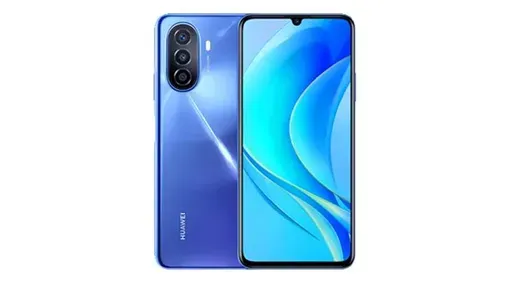
By /Jun 4, 2025

By /Jun 4, 2025

By /Jun 4, 2025
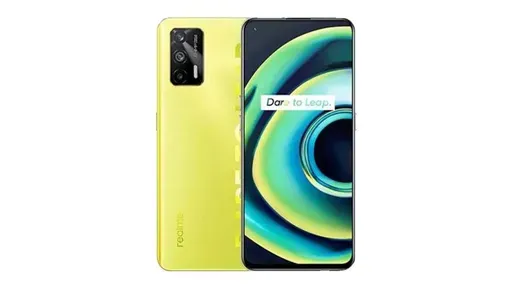
By /Jun 4, 2025
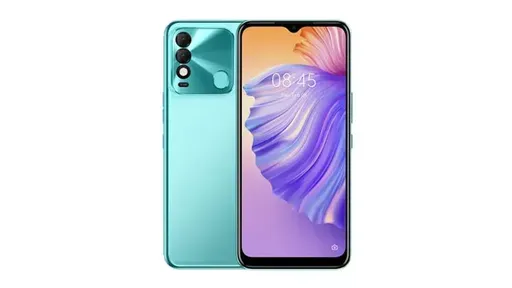
By /Jun 4, 2025
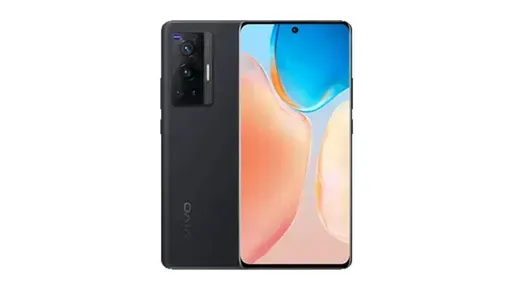
By /Jun 4, 2025
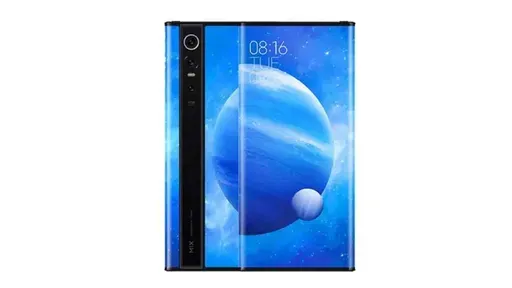
By /Jun 4, 2025
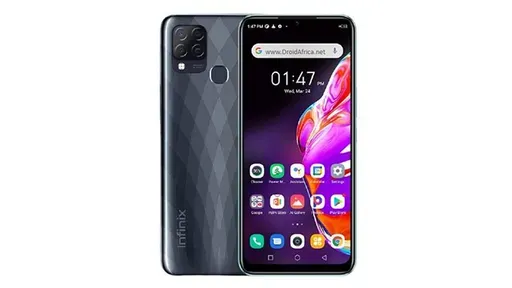
By /Jun 4, 2025
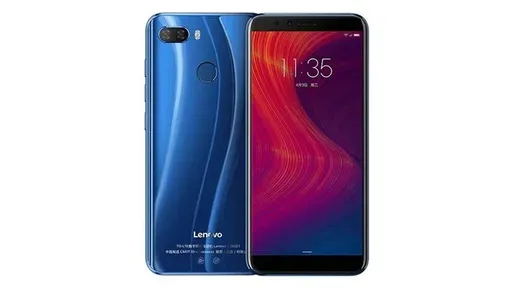
By /Jun 4, 2025
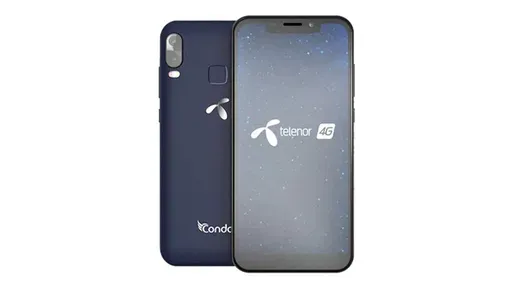
By /Jun 4, 2025
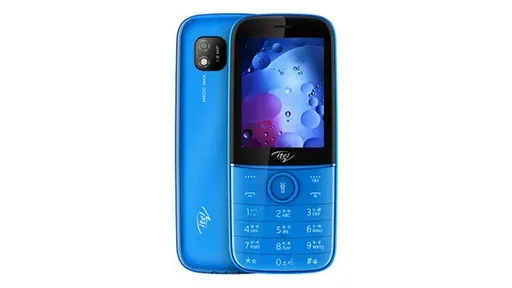
By /Jun 4, 2025

By /Jun 4, 2025
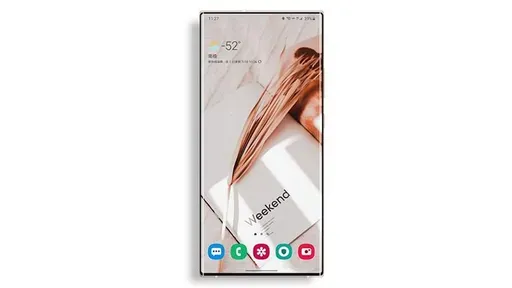
By /Jun 4, 2025

By /Jun 4, 2025

By /Jun 4, 2025
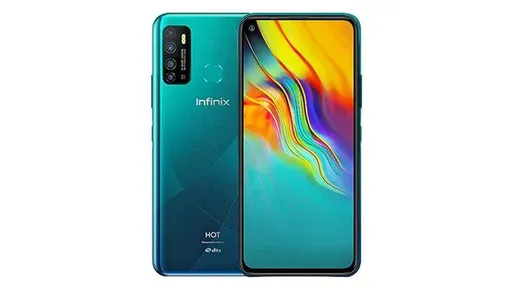
By /Jun 4, 2025

By /Jun 4, 2025
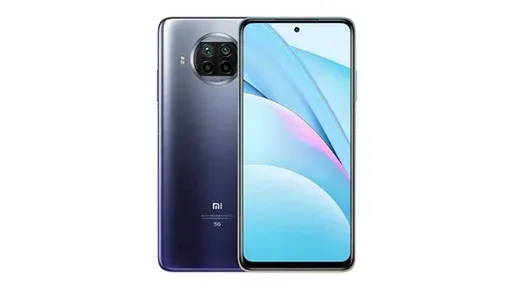
By /Jun 4, 2025
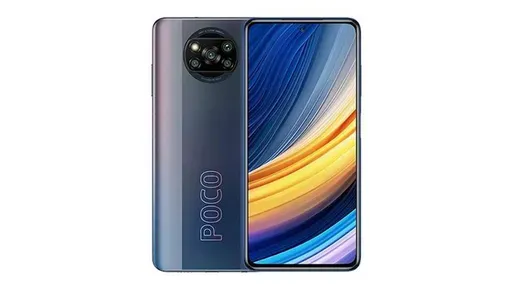
By /Jun 4, 2025
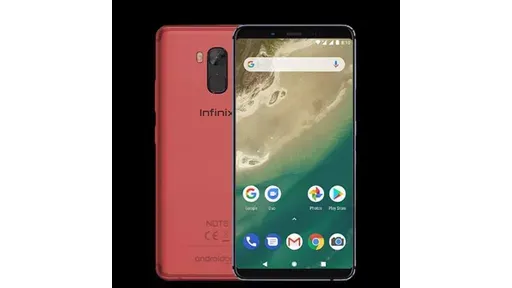
By /Jun 4, 2025
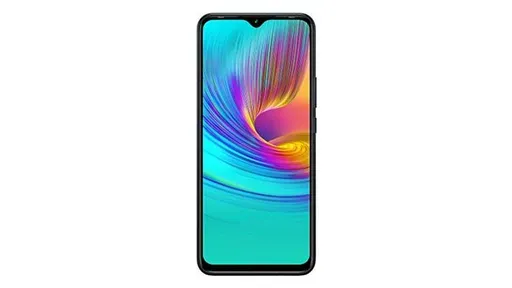
By /Jun 4, 2025
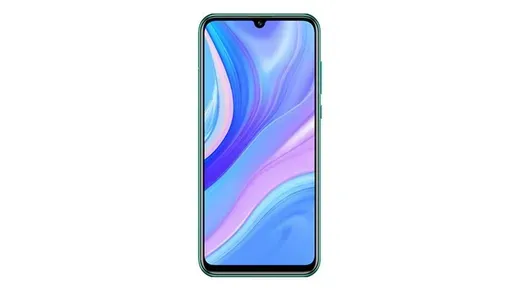
By /Jun 4, 2025